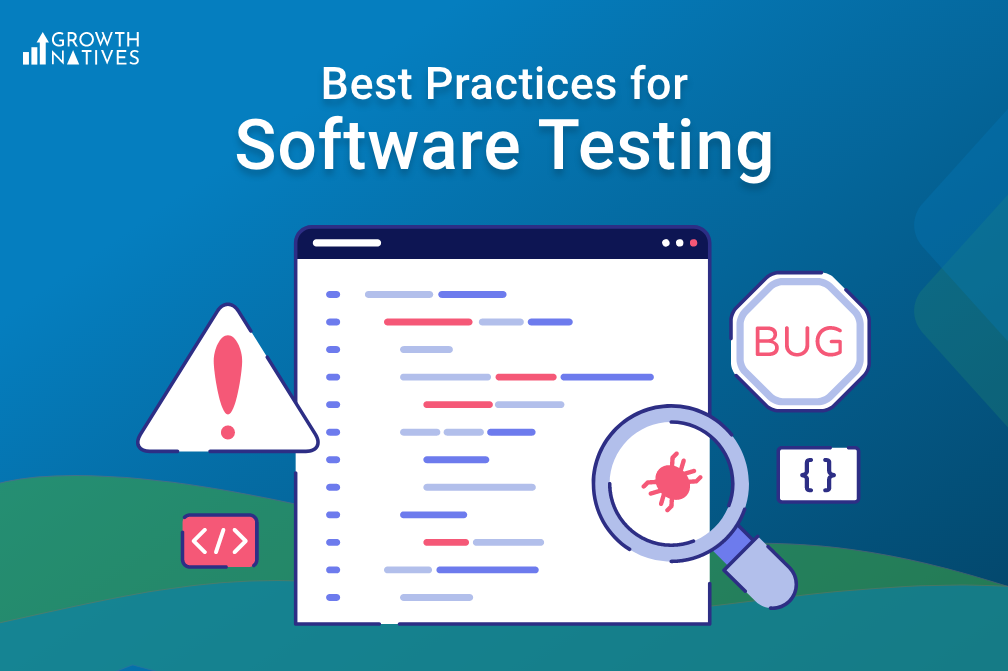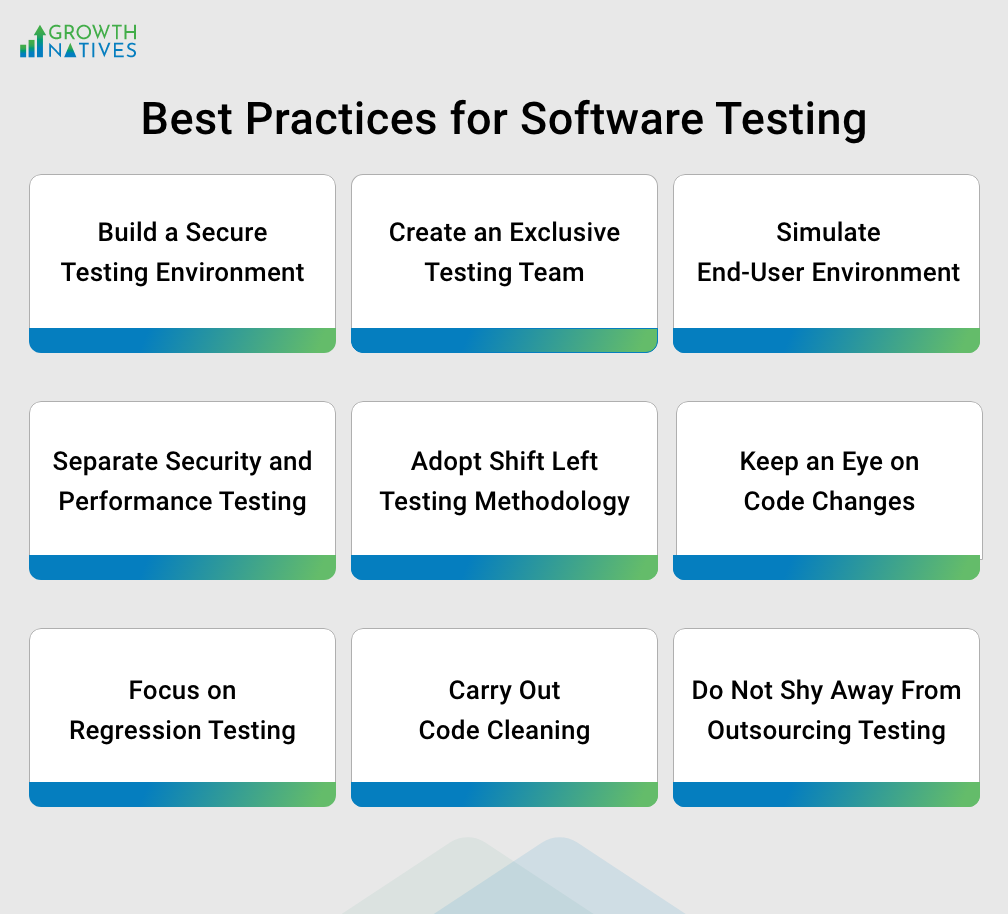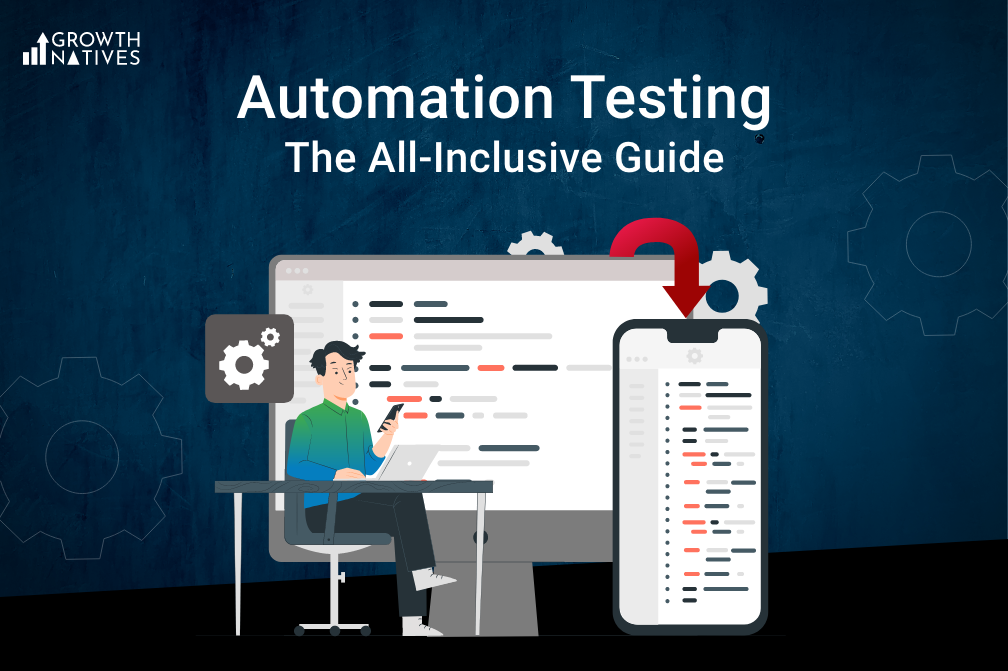
Glitch-Free Software – Best Practices for Software Testing That You Must Adopt
By Sakshi Arora
Feb 23, 20226 min read
Imagine a scenario… After months of challenges, sleepless nights, and complex coding, you launch a new software with great fanfare, and within days, customers start reporting bugs and security vulnerabilities.
Legit nightmare, is it?
It would be, for any organization. So, what could go wrong?
The development team burnt the midnight oil and created a feature-rich software, but you as an organization probably compromised with the testing regime.
You are not alone!
Did you know that software companies lose more than $2.8 trillion annually due to poor-quality products? As a result, customers ultimately abandon these companies.
The poor testing regime is the primary contributor to poor quality software. The smallest glitch in software might be enough to hurt your brand’s reputation and you risk losing customers permanently.
Modern software applications are complex and are deployed on multiple devices and platforms. Therefore, you must pass these through stringent quality checks before giving the green light.
With the software testing market valued at more than $40 billion, testing has become an even more crucial part of the software development cycle. It is important that you invest your time and resources in software testing and adopt the best practices.
In this write-up, we shall cover the best practices for software testing that your organization must adopt immediately.
Best Practices for Software Testing

1. Build a Secure Testing Environment
If you are thinking of testing your software on the cloud, think again. Though cloud is good for collaboration, it isn’t the ideal platform for software testing and fixing bugs. You need to build a secure testing environment. The workstations testing software shouldn’t be connected to the internet as they tend to expose the software to vulnerabilities. Once the software has met all the parameters on the security checklist, you can test it in a connected environment.
2. Create an Exclusive Testing Team
One of the initial steps to successful software testing is to build an exclusive team. Software development and testing require two different sets of skills. Companies that use the same resources for development and testing end up diluting the capabilities of both. A dedicated tester would be analyzing the software with an open mind. They can spot the bugs and vulnerabilities quicker than a developer-cum-tester who is burdened with the residual knowledge of the development cycle.
3. Simulate End-User Environment
Remember the old saying “the proof of the pudding is in the tasting.” The ultimate test for any software is the end-user environment. Hence it is a good idea for your testing team to simulate the end-user environment while testing the product. You can go in for a limited launch of the software and work closely with the users to uncover the problems they run into. This would help you launch a product from the end-user perspective.
4. Separate Security and Performance Testing
Security and performance are two different areas of your software. You can’t compromise one for the other. While the focus of security testing is to identify vulnerabilities and fix them, performance testing focuses on meeting the desired performance benchmarks for the software. If possible, have separate teams of individuals test the security and performance of the software.
5. Adopt Shift Left Testing Methodology
Traditionally, the testing cycle starts once the coding is complete or the development team signs off. However, in the agile methodology, testing happens simultaneously with coding and this is termed as Shift Left Testing. This method is advantageous as it allows bugs to be identified and fixed as the codes are being written. This reduces the burden on the testing team and accelerates the entire process. Your organization would be able to reduce the time to market for any software.
6. Keep an Eye on Code Changes
If your team is developing an updated version of an old software your focus must be on parts where there have been significant code changes. It is practically impossible to test every part of the software and hence parts of the software that have undergone significant changes to fix bugs and meet user expectations need to be prioritized. For unchanged sections of the software, you can resort to automated testing.
7. Focus on Regression Testing
As mentioned earlier, software testing is complex. When you modify codes to fix one problem it can lead to another creating a vicious cycle. This is where you need to adopt reusable regression testing. This will ensure that fixing codes for one problem doesn’t give birth to another. Also, the overall stability of the software after code changes have been implemented.
8. Carry Out Code Cleaning
Complete the testing cycle with code cleaning. When a building is constructed there is always leftover concrete, bricks, and other construction material. The same goes for your software as well and there would be unwanted codes. The testing team needs to remove the unwanted codes and make them as concise as possible without affecting the functionality. This ensures smoother functioning of the software and easier maintenance in the future.
9. Do Not Shy Away From Outsourcing Testing
Finally, you shouldn’t shy away from outsourcing software testing if there is a lack of skills and expertise in your in-house team. Have your in-house team test the software and then outsource testing to an organization that has expertise in this area. This approach can help you identify security and performance issues that escape the eyes of your in-house team.
Final Thoughts
By adopting these best practices, your organization will be able to deliver secure and cutting-edge software to end-users. In a competitive market, your organization can least afford software with bugs and security vulnerabilities, and hence you have to take software testing seriously. Your testing team must regularly expand their knowledge on the best practices in this field and implement them without fail.
If you are in search of a software development team that can build the most agile applications or one that can rigorously test your software, Growth Natives will fit into your bill perfectly. We have expertise across domains and focus on a culture of innovation. To know more about software development and testing, write to us today at info@growthnatives.com or visit our website.


